
Deploy a Java application on Red Hat OpenShift using JKube
JKube simplifies the deployment of a Java application on Kubernetes or Red Hat OpenShift, including components such as a database and MicroProfile.

JKube simplifies the deployment of a Java application on Kubernetes or Red Hat OpenShift, including components such as a database and MicroProfile.

CodeReady Containers lets you easily deploy a virtual cluster environment on your local system, with open source AI tools from Open Data Hub.

This article is part of a series on Java Operator SDK, and covers how to write the controller in the Operator.

Rate limiting protects your services from excessive demand. This hands-on activity shows how to implement it in a Java application using Redis.

Service bindings, the kube-service-bindings npm package, and the Red Hat OpenShift UI make it easier to connect securely to a database on Kubernetes.
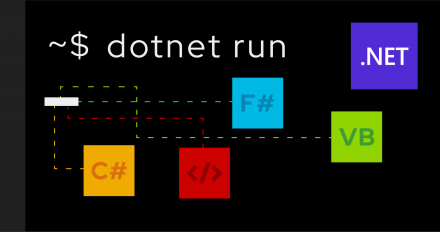
The Docker.DotNet library lets .NET programs control containers using Podman or Docker. This tutorial shows you how it's done.

Select the flavor of Apache Camel for integrations that's right for you through this decision tree.

Explore the benefits of the main runtimes currently supported by the Apache Camel project: Apache Karaf (OSGi), Spring Boot, Quarkus, and Camel K.

Explore different ways to use the Apache Camel integration framework for faster service delivery and management automation in this introduction.

Use the Cryostat JDK Mission Control (JMC) agent and its API handlers for custom JDK Flight Recorder event monitoring in containerized environments.

Get a video introduction to Project Thoth's cloud-based Python dependency resolver, then learn how to manage Python dependencies on the Thoth command line.

Learn how you can easily spin up an Azure Red Hat OpenShift cluster, all via the Azure CLI.

Red Hat CodeReady Workspaces offers a readymade, shared container environment and IDE for developers who don't want to deal with Kubernetes and containers.
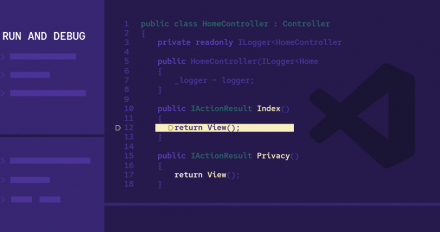
Learn how to debug .NET applications running with VS Code in local containers at Red Hat Developer. This tutorial lets you debug applications on development machines.
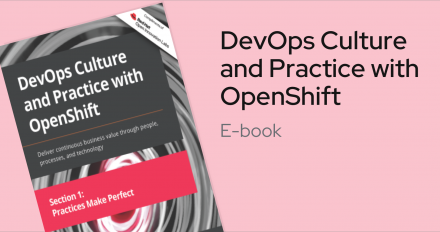
DevOps Culture and Practice with OpenShift provides a roadmap for building empowered product teams within your organization.
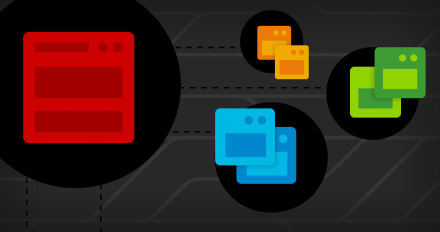
Microservices have many benefits that come with a few downsides. Discover the trade-offs to consider before implementing them.

Follow this step-by-step guide to create secure deployments in Red Hat services using entitlements, certificate authority, configuration files, and BuildConfig.

Simplify Cryostat installation in Kubernetes settings by using Cryostat Operator. This tutorial helps you with app installation via the OperatorHub.io catalog.

Learn how microservice-oriented apps (MOAs) can help your organization evolve. This article details the history of these apps and future design opportunities.

Improve application performance and scalability by using DockerSlim to reduce the size of your Docker container images by up to a factor of 30.
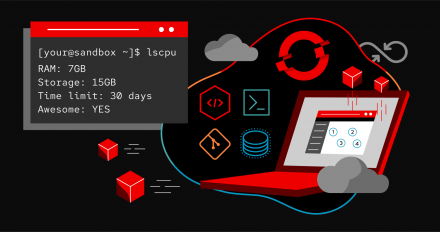
Learn how to renew your no-cost Red Hat Developer Subscription to continue accessing support for Red Hat Enterprise Linux and other Red Hat products.

Discover how to resolve Python dependencies by extracting metadata and dependency information, and how Project Thoth helps to streamline the process.

Follow these steps to analyze, containerize, and deploy a JBoss EAP application to OpenShift, with some modifications to use MySQL as the database.

Discover what a microservices-oriented application is and the five design principles for creating and implementing one effectively.
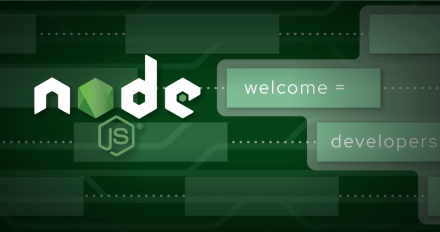
The Red Hat Node.js team looks back on highlights from 2021, including Node.js 16 and 17, serverless functions, Next 10, Nodeshift, and more.